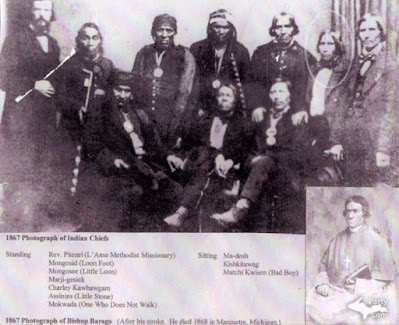I probably spend way too much time online reading stuff that just barely qualifies as fluff. I cruise through the various advice columns (or at least all the ones I can get at without being blocked by a pay wall), click on links to articles gossiping about British royalty, and cannot resist looking at the various Am I The Asshole pieces that show up on Facebook.
Am I the Asshole (AITA) is, of course, a subReddit thing. People will posit various situations and then ask the People of Reddit to judge their behavior. The possible conclusions include NTA (not the asshole), YTA (you're the asshole), and ESH (everyone sucks here). Situations described run from the boringly mundane (AITA for feeding my kids leftover pizza instead of cooking lunch from scratch) to holy fuck, this person has the most selfish parent on the planet (AITA for wanting to go to move out of the house when it means my mom will have to start paying for a babysitter).For reasons unfathomable even to me, lately I've been kind of mentally weaving the various bits of fluff into one thread: an imaginary AITA post that takes gossip about the House of Windsor and tosses out a scenario.
I (m, 37) got married a few years ago to the love of my life (f, 40). We've been blessed with two children, a boy and a girl. Since becoming a father, I've been thinking about writing a memoir, a family history my kids can read when they're older, maybe not until they're adults, and understand a little better why I made some of the choices that have affected them, like leaving our home country and going close to No Contact with my family.
I should mention there is some messy stuff in my family's past. My parents probably should never have gotten married. Mom was a lot younger than my dad and they really didn't have a lot in common. I think he caved to pressure from his parents to get married and have children so there'd be someone in line to inherit the family business (an old and established firm that's been around for literally centuries). Mom was young and idealistic. She truly loved my father. Unfortunately, he couldn't let go of an attachment to one of his exes. Whether or not he was physically unfaithful is debatable, but for sure he carried on an intimate emotional affair with the "other woman." Mom realized what was going on and was miserable. My parents divorced, and they both moved on with their lives.
Tragically, Mom died in an auto accident a year after the divorce was final. It took awhile, but Dad's relationship with his ex came out in the open, she divorced her husband, and after waiting a few years for the scandal to die down they got married.
When I look at this woman who is now my stepmother I can't help remembering how much unhappiness she caused. She was a married woman when she was causing problems in my parents' marriage. I can be civil around her, but for obvious reasons she's not on my list of favorite people.
Now that I've let a few people know I'm thinking about writing a memoir, Dad is putting pressure on me to not say anything that might upset my stepmother. I'm not planning to turn her into a villainess, but I'm also not going to pretend she was never there. Am I the Asshole for not caring if her feelings get hurt?
You know, even though this is a mythical AITA, I'd swear I've read multiple variations on it already. The only things missing in the typical AITA post are tiaras and grandmothers with scepters.










